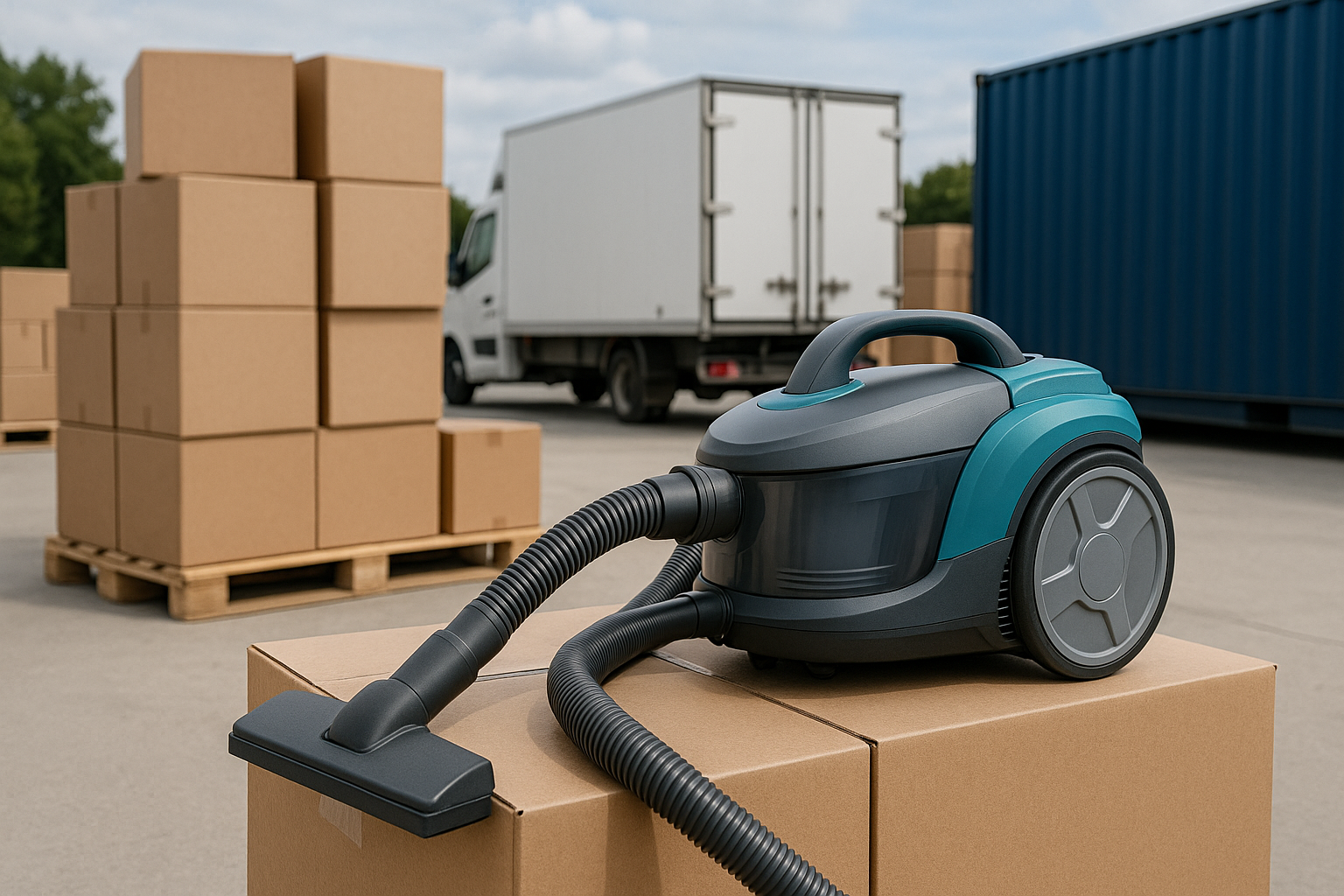Shipping vacuum cleaners to remote markets presents a set of challenges that go far beyond basic transportation. Limited infrastructure, unpredictable customs procedures, and high freight costs can significantly impact your bottom line and damage your brand’s reliability. But with a forward-thinking strategy, these obstacles can be transformed into competitive advantages.
Infrastructure and Last-Mile Complexities
One of the most common problems when shipping to remote regions is a lack of reliable infrastructure. In many areas, roads are unpaved, ports are inefficient, and last-mile delivery depends on local knowledge. Successful exporters often collaborate with regional logistics providers who understand the geography and regulations. According to the MIT Center for Transportation & Logistics, companies that implement localized last-mile technologies such as RFID tracking or GPS route optimization see up to a 35% reduction in delivery delays.
Customs Delays and Regulatory Gaps
Remote markets often come with unique customs challenges, including inconsistent documentation standards and prolonged inspections. These issues can be mitigated by using digital customs platforms and aligning early with local compliance agencies. The World Customs Organization recommends pre-verification protocols and centralized digital filing systems to cut clearance times in half—savings that matter when shipping on tight schedules.
Managing Freight Costs in Low-Volume Routes
Fewer carriers serve remote areas, often resulting in inflated freight prices. One effective approach is regional consolidation—combining smaller shipments into a larger one at a centralized hub. DHL Logistics reports that clients using hub-and-spoke freight strategies can cut shipping costs by up to 18% while maintaining schedule reliability. Think global, but ship locally.
Forecasting and Inventory Control
Inventory management is especially tricky in distant regions where warehousing space is limited and resupply is slow. Real-time inventory tracking tools integrated with demand forecasting software can prevent overstocking or shortages. Exporters should prioritize dynamic supply systems that can adapt to fluctuating demand without compromising delivery times.
To solve common logistical pain points, one U.S. supplier launched a specialized model that combined both functionality and adaptability. The unit delivered high suction strength while staying impressively portable and quiet during operation. It also featured intelligent self-cleaning mechanisms and supported multi-functional use. Its design prioritized durability and rapid performance, with a lightweight frame ideal for long-haul shipping. Above all, it was energy-saving, highly efficient, and engineered to deliver strong power in a large-capacity wet dry vacuum cleaner.
🔗 Visit us at: www.lxvacuum.com

















